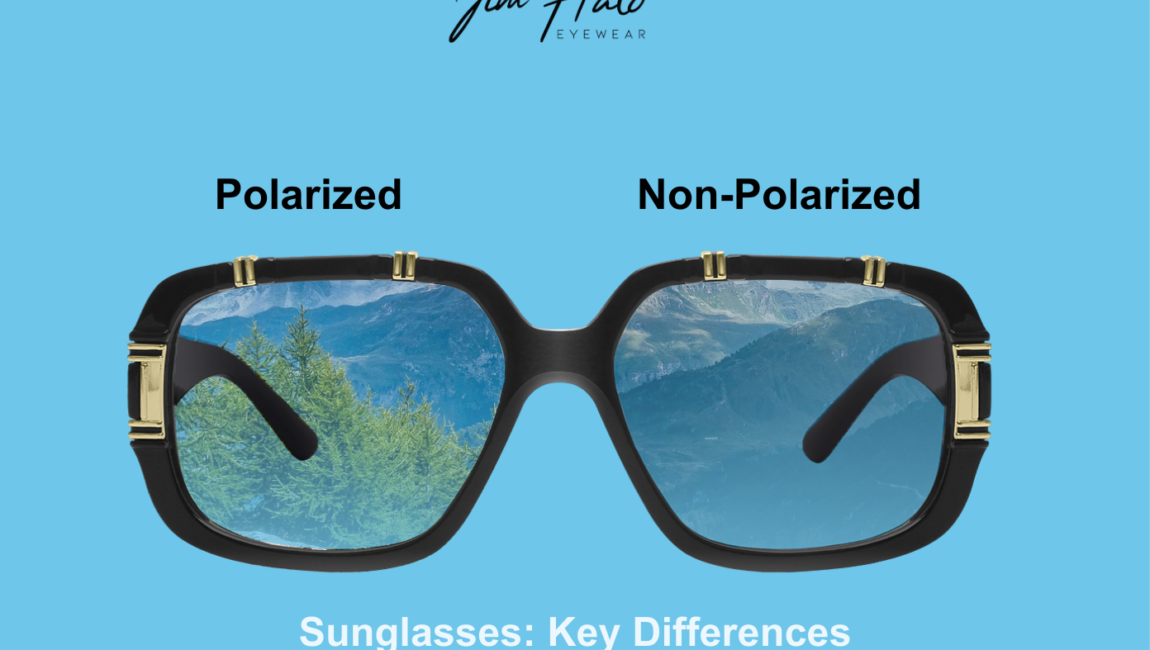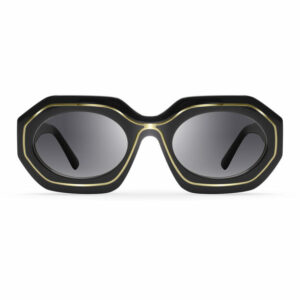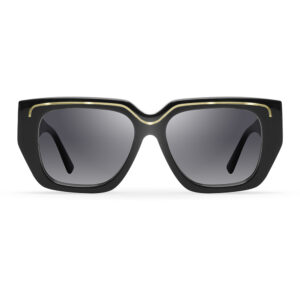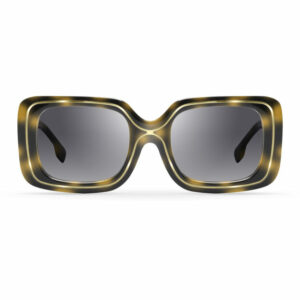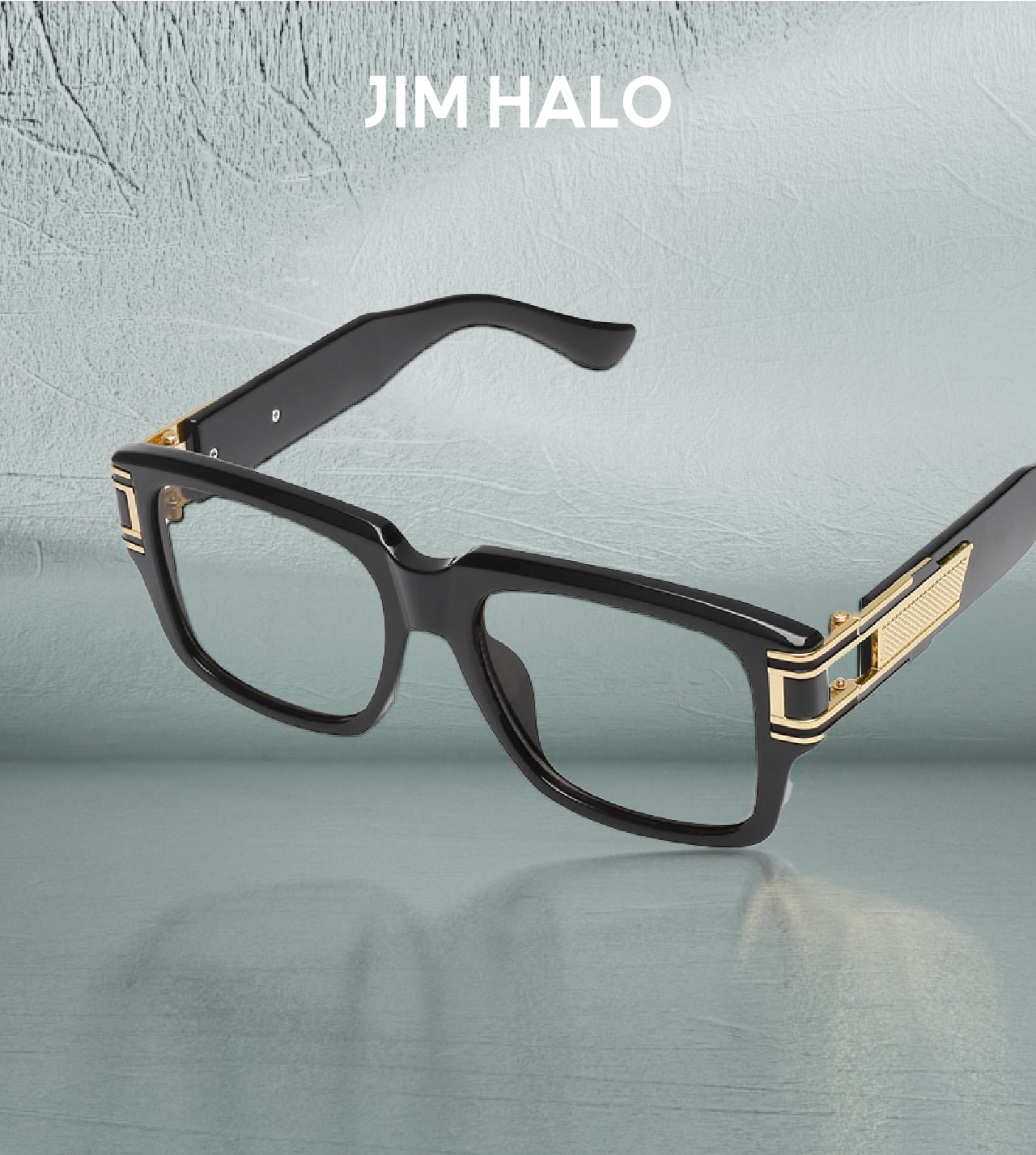This passage will explore:
Introduction
The Science behind Polarized Sunglasses
The Science behind Non-Polarized Sunglasses
Comparing Polarized and Non-Polarized Sunglasses
Situational Suitability
Price and Accessibility
Conclusion
Text Leading:
This blog explores the differences between polarized and non-polarized sunglasses, highlighting their respective advantages and drawbacks. Polarized lenses offer superior glare reduction and visual clarity, making them ideal for outdoor activities, while non-polarized lenses provide a balance between glare reduction and color accuracy, suitable for everyday use and driving. Jim Halo Eyewear offers affordable, high-quality options for both types of sunglasses.
Introduction
Ah, sunglasses – they’re not only a stylish accessory, but also a vital component in protecting our eyes from the sun’s harmful rays. Navigating the world of sunglasses can be quite a challenge, given the plethora of choices out there. Fret not, because in this blog, we’re going to explore the nuances between polarized sunglasses and non-polarized ones, guiding you towards the perfect pair that complements your lifestyle. So, grab your shades and let’s jump right in!
The Science behind Polarized Sunglasses
You might think polarization belongs exclusively to physics, but it’s actually an essential concept in eyewear too. Polarized lenses are engineered to combat glare from reflective surfaces like water, snow, and glass. The secret lies in a unique chemical film applied to the lenses, which serves as a selective filter that blocks horizontal light waves while permitting vertical ones to pass through.
The benefits of polarized sunglasses are numerous. For starters, they significantly reduce glare, making it much more comfortable to spend time outdoors – especially near water or in snowy conditions. Polarized lenses also enhance visual clarity and contrast, allowing you to perceive more details in your surroundings. For outdoor enthusiasts and athletes, polarized glasses are an excellent choice, providing clearer vision and reducing eye strain during long days in the sun.
The Science behind Non-Polarized Sunglasses
Unlike polarized ones, non-polarized shades focus on reducing the overall amount of light that reaches your eyes. To accomplish this, a uniform layer of tint is applied to the lens material, which helps block a portion of the incoming light. This tint doesn’t just tone down brightness; it also provides a layer of defense against those pesky and harmful UV rays that can cause damage to your eyes.
Though non-polarized sunglasses might not boast the same glare reduction as polarized lenses, they still come with a host of perks. For instance, they’re usually more budget-friendly, making them an attractive option for many. Moreover, non-polarized sunglasses are great for situations where true-to-life color perception is essential, like driving or soaking in the splendor of a scenic landscape.
Comparing Polarized and Non-Polarized Sunglasses
When it comes to glare reduction, visual clarity, and color perception, polarized and non-polarized sunglasses each have their strengths and weaknesses.
Polarized lenses truly shine when it comes to reducing glare and boosting visual clarity, making them perfect for water sports, snowy adventures, and various outdoor activities. However, their ability to enhance colors may occasionally cause minor distortions in color perception, which might not be ideal in some situations.
On the flip side, non-polarized sunglasses might not be as adept at curbing glare, but they generally provide a truer representation of colors.They’re often a better option for everyday use, as they provide a good balance between glare reduction and color accuracy. Ultimately, the choice between polarized and non-polarized sunglasses comes down to personal preference and intended use.
Situational Suitability
Choosing the right sunglasses depends heavily on the activities you plan to engage in while wearing them. For water sports enthusiasts, fishermen, and those who spend a significant amount of time near reflective surfaces, polarized sunglasses are a clear winner. The glare reduction provided by polarized lenses makes it much easier to see beneath the water’s surface and enhances overall visual comfort.
For drivers, the debate between polarized and non-polarized sunglasses is more nuanced. While polarized lenses can reduce glare from the road and other vehicles, they may also obscure essential information displayed on LCD screens, such as GPS devices or vehicle dashboards. Non-polarized sunglasses may be a safer option for driving, as they maintain accurate color perception without compromising visibility.
In everyday life, non-polarized ones can be a fashionable and functional accessory. They offer a balance between glare reduction and color accuracy, making them suitable for a wide range of activities – from strolling through the park to attending an outdoor event.
Price and Accessibility
When it comes to the price tag of sunglasses, polarized lenses usually carry a heftier cost than their non-polarized counterparts. This is mainly because of the extra manufacturing steps and materials needed to craft the polarizing film. However, don’t let this deter you – it’s entirely feasible to find budget-friendly polarized sunglasses that don’t skimp on quality. So, keep your eyes peeled for affordable options that won’t break the bank.
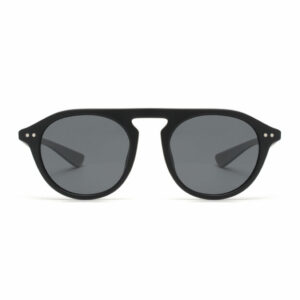
A prime example is the Jim Halo Eyewear collection, which offers a wide range of stylish and high-quality polarized glasses at reasonable prices. You can find both polarized and non-polarized options on their website, jimhaloeyewear.com, ensuring that you can choose the perfect pair to suit your needs and budget.
Conclusion
In conclusion, the choice between polarized and non-polarized sunglasses ultimately comes down to personal preference and the activities you engage in most frequently. Polarized lenses offer superior glare reduction and visual clarity, making them ideal for outdoor enthusiasts and those who spend time near water or snow. Non-polarized sunglasses provide a balance between glare reduction and accurate color perception, making them suitable for everyday use and driving.
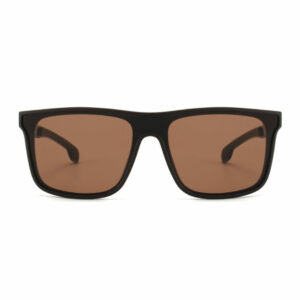
No matter which type of sunglasses you prefer, the Jim Halo Eyewear collection has a variety of stylish options to choose from. Visit jimhaloeyewear.com to explore their range of both polarized and non-polarized ones , and find the perfect pair to keep your eyes protected and comfortable in any situation. Don’t miss out – enhance your eyewear game today!

